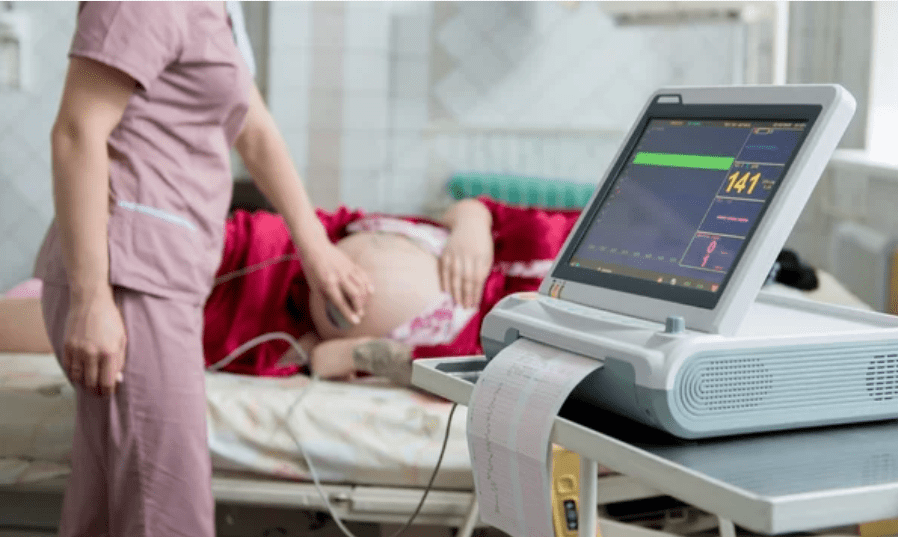What is labour?
Labour is the process by which the fetus and the placenta leave the uterus after the 24th week of pregnancy. This can occur in two ways, vaginally (through the birth canal) or by a caesarean (surgical) delivery. If childbirth occurs before the 24th week after which theoretically the fetus is viable is called miscarriage. Preterm labour occurs after the completion of 24 weeks of pregnancy and prior to the 37th week.
What happens during labour?
During labour, the womb begins to have regular, coordinated and repetitive painful contractions. The contractions make the cervix to dilate (open) gradually and at the same time they promote the pushing of the baby from the uterus towards the vagina.
The fetus has to pass through an opening about 10-13cm between the bones of the pelvis. As this opening is small, the position of fetal head is very important to be able to pass through the bones and be born. Approximately 95% of fetuses are cephalic (head down), while about 5% are breech (bottom down).
Labour is divided into three stages dilatation, delivery and postpartum. The characteristics of the contractions duration and periodicity – vary depending on the phase of childbirth. Thus, contractions are distinguished in:
- Preparatory contractions (Braxton Hicks): they have low intensity, they are not periodical and they are not particularly painful, occurring during the last weeks of pregnancy.
- Contractions of the first stage of labour (dilatation): they are stronger, painful, regular (3-5 every 10 minutes). These contractions achieve the full dilatation of the cervix (10cm).
- Contractions of the second stage of labour (delivery of the baby): they are more intense, more frequent and more painful. These achieve childbirth.
- Contractions of third stage (postpartum):they are less intense, less frequent and relatively painless. These achieve the delivery of the placenta.
Mechanism of labour
During labour, the presenting part of the fetus is descending alongside the pelvic axis and finally exits the pelvis by adapting to various levels of female pelvis. The commonest position of the fetal head is the left occipitoanterior (baby’s head looks down in about of 90% of fetuses.
Because of the special anatomy of the pelvis, the fetus goes through various movements during its passage through the pelvis, always adapting the largest diameters of its head towards the larger diameter of the pelvis.
The main movements of head of the fetus during childbirth are as follows:
- Engagement
- Descent
- Flexion
- Internal rotation
- Extension
- Restitution and external rotation
- Expulsion
During the engagement phase, the fetus adapts its saggital diameter to the transverse or oblique diameter of the pelvic inlet. With flexion of the fetal neck, the presenting diameter is normally about 9.5 cm. With progressive uterine activity, the head descends and engages in the pelvis. Once it reaches the V-shaped pelvic floor, the fetal head rotates 90° to an occipito–anterior (head looks down) position. The head then continues its descent beyond the ischial spines where it extends, distends the vulva and is delivered
During this process, the baby’s shoulders are entering the pelvic inlet in a transverse position. When they reach the pelvic floor, they also rotate to an antero–posterior position. Since the head is by now completely delivered, it rotates back to the transverse position along with the shoulders, a process called restitution. The shoulders are then delivered by applying axial traction to the baby’s head along the line of the baby’s spine – difficulty delivering the shoulders is called shoulder dystocia and is an obstetric emergency.




